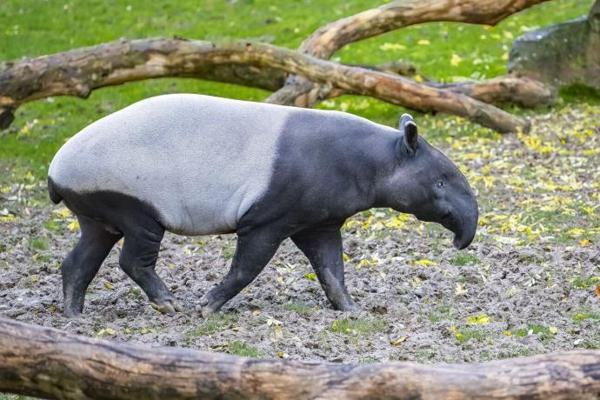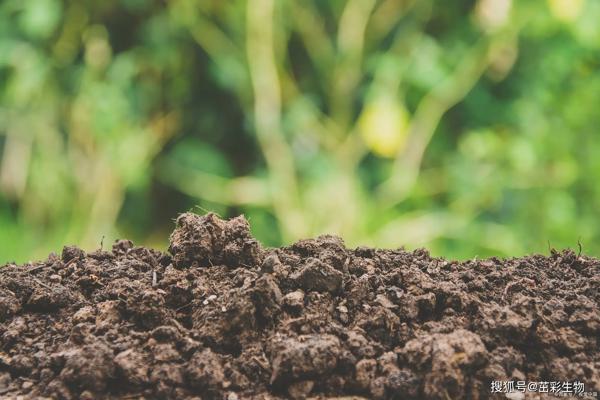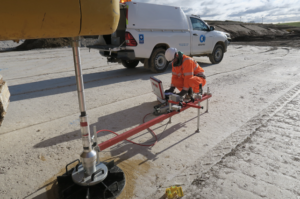How Can Soil Experimental Tests Unveil Underlying Mechanisms of Animal Habitat Viability?
Healthy soil is more than just a base for plant growth—it forms the foundation of entire ecosystems, including the habitats of countless animal species1. From insects to mammals, many animals depend directly or indirectly on the biological and chemical conditions of the soil. Through experimental soil testing2, researchers can uncover the hidden factors that influence animal survival, habitat quality, and ecosystem resilience. These insights are especially vital in the face of environmental stressors, land fragmentation, and species decline.
Soil Metagenomic Analyses for Predicting Faunal Responses to Environmental Change
Soil metagenomics allows scientists to decode the entire genetic composition of soil microbial communities3. This technique reveals how diverse and functional a soil ecosystem4 is—and how it might respond to environmental change such as drought, pollution, or deforestation5.
Why it matters for animal habitats:
- Microbial shifts signal ecosystem stress that can reduce food availability for soil-dependent animals.
- Metagenomic patterns can forecast habitat degradation before visible signs appear.
- Helps identify microbial imbalances linked to declines in insect or small mammal populations.
Metagenomic Data Example
| Habitat Type | Functional Gene Richness | Faunal Diversity Index |
|---|---|---|
| Undisturbed forest | High | High |
| Agricultural buffer zone | Moderate | Medium |
| Urban edge woodland | Low | Low |
Metagenomics helps predict faunal community shifts based on microbial genetic resilience.

Soil-Borne Toxin Bioavailability Tests in Endangered Species Conservation
Some of the greatest threats to habitat viability come from toxicants6 like heavy metals, pesticides, and industrial residues. Soil tests that assess bioavailable (i.e., biologically active) toxin levels7 are essential for protecting sensitive or endangered species8.
Common Soil Toxin Tests:
- DTPA extraction for heavy metals like lead, cadmium, and zinc.
- Pore water assays to estimate real exposure risk.
- Bioassays using model invertebrates (e.g., earthworms) to test toxicity.
Conservation Example:
| Site Condition | Bioavailable Lead (mg/kg) | Earthworm Survival Rate (%) | Habitat Risk Level |
|---|---|---|---|
| Contaminated field | 85 | 30 | High |
| Managed grassland | 15 | 85 | Low |
By identifying soil-borne toxins, scientists can prioritize habitat remediation and species relocation efforts more effectively.

Soil Microbial–Fauna Interaction Experiments in Fragmented Habitats
Habitat fragmentation disrupts belowground ecological interactions, particularly those between microbes and soil-dwelling fauna such as beetles, ants, and burrowing mammals. Controlled experiments can examine how changes in microbial diversity affect food web dynamics, species distribution, and behavior.
Experimental Approaches:
- Microcosm studies with manipulated microbial populations and faunal species.
- Addition or suppression of key microbial taxa to observe behavioral or reproductive changes.
- Network analysis to quantify microbial–faunal dependencies.
| Microbial Treatment | Observed Faunal Response |
|---|---|
| Rich microbial diversity | Increased insect larvae abundance |
| Suppressed fungi | Reduced ant foraging activity |
| Added nitrogen-fixers | Boosted rodent burrow densities |
These studies demonstrate that soil microbiomes directly support animal populations, even in isolated or fragmented patches.

Soil Enzyme Activity Profiling in Restoring Degraded Animal Habitats
Enzymes in soil are biological indicators of ecosystem recovery. High enzyme activity signals active microbial communities, improved nutrient cycling, and increased organic matter—all essential for creating livable conditions for wildlife.
Key Enzymes for Habitat Restoration:
- β-glucosidase: Carbon cycling and organic matter breakdown.
- Phosphatase: Phosphorus release, supporting plant and herbivore food chains.
- Urease: Nitrogen availability for primary producers.
- Dehydrogenase: Overall microbial respiration and soil vitality.
Habitat Recovery Monitoring Example
| Restoration Year | Phosphatase Activity (µg/g/h) | Burrowing Mammal Density (per ha) |
|---|---|---|
| Year 0 (baseline) | 2.1 | 0.5 |
| Year 2 | 5.4 | 2.0 |
| Year 5 | 9.8 | 4.7 |
Tracking enzyme activity over time confirms progress toward a functioning habitat, both above and below ground.

Conclusion
Soil experimental tests provide a powerful lens into the health and viability of animal habitats9. From microbial genetics and toxin analysis to enzyme profiling and interaction experiments, these biological tools help uncover the hidden drivers of ecosystem stability10. When applied to conservation and restoration, they guide smarter strategies for ensuring that animals—especially those most vulnerable—have the healthy soil ecosystems11 they need to thrive.
-
Understanding these habitats is crucial for conservation efforts and maintaining biodiversity, making this resource invaluable for environmental studies. ↩
-
Exploring this topic reveals how soil testing can lead to better ecosystem management and animal survival strategies, essential for environmental health. ↩
-
Explore this link to understand the groundbreaking technique of soil metagenomics and its implications for environmental science. ↩
-
Learn about the vital roles soil ecosystems play in our environment and their response to changes. ↩
-
Discover the impact of environmental changes on soil health and microbial communities, crucial for ecosystem sustainability. ↩
-
Understanding toxicants is crucial for habitat protection and species conservation. Explore this link to learn more about their impact. ↩
-
Discover how bioavailable toxins influence the health of endangered species and the ecosystem. This knowledge is vital for conservation efforts. ↩
-
Learn about effective strategies for protecting endangered species, which is essential for biodiversity and ecosystem health. ↩
-
Understanding this concept is crucial for effective conservation strategies and ensuring animal survival in their ecosystems. ↩
-
Exploring these drivers can reveal essential factors that maintain ecological balance and inform restoration efforts. ↩
-
Discovering the relationship between soil health and animal habitats can enhance conservation practices and biodiversity. ↩







